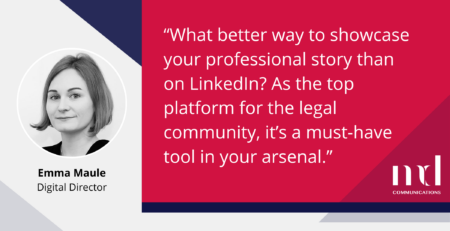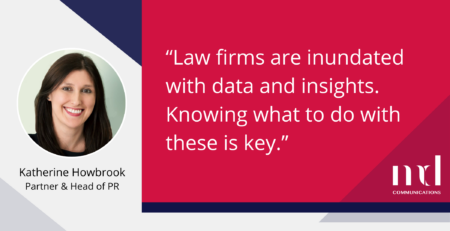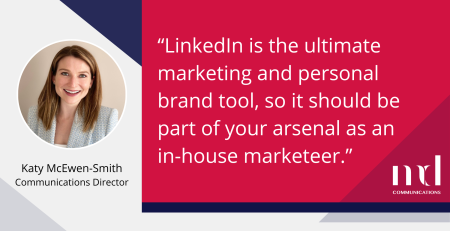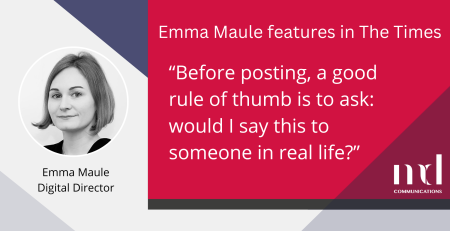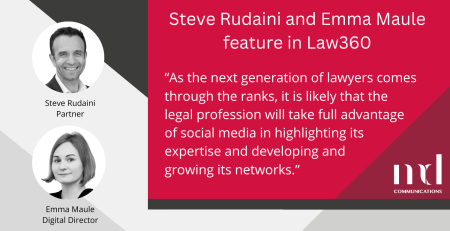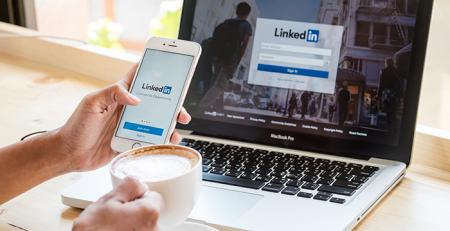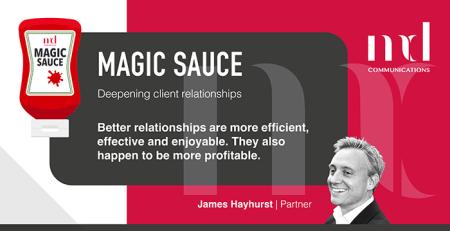Many people find themselves getting frustrated with Linkedln. Although the platform may appear slightly clunky and off-putting to some, our CEO Melissa Davis explains how investing a small amount of time into it will pay dividends.
I train lawyers in how to exploit social media to generate ROI. This fact tends to elicit sympathy at parties, though in truth I quite like it. With most tasks lawyers start sceptical, then get competitive – just occasionally I worry their interest has been over-ignited (it’s important to do some actual lawyering in the course of the day!).
Some lawyers intuitively ‘get’ social media platforms like Twitter and Facebook, but more commonly they tell me that they don’t see the point of tweets or Facebook updates, whereas they do see the point of LinkedIn. ‘It’s more appropriate for a professional,’ they invariably insist.
So be it – let’s take those lawyers at their word. Let’s look at LinkedIn.
As the original social network for professionals and with more than 500 million members, LinkedIn is an incredibly useful tool for reaching out to others and letting them know who you are and what you can do for them.
And yet, disappointingly, when lawyers say they ‘do’ LinkedIn, for the most part they limit themselves to a profile that lists jobs and education, and accepting requests to connect. They may also check out other lawyers they are going to meet or have just encountered.
If you want to make the most of your time on LinkedIn – and see real ROI – here are my top tips on how to make it work for you.
Don’t sell
The first rule of social media is never to sell your services – instead, use it to show off your expertise, make connections, and demonstrate your passions, values and purpose. Ironically, as it is a business platform, this especially applies to LinkedIn.
Use it to make connections that follow through into meetings in real life or over video calls and save the sales pitch for when you’re face to face. If you’re using LinkedIn like a cold caller then you’ll end up on people’s block lists and you’ll do nothing to establish a positive reputation.
Have a strong profile
Ensure you complete your profile to ‘All-Star’. Have a look at ‘Your dashboard’ (about halfway down on your profile page) – this will tell you what level you’re at. If not complete, LinkedIn will prompt you to add a section each time you log in.
Having a complete profile means your presence is surpassing the majority of the platform’s users. It will surface more frequently in searches and any updates posted will be shown to a greater percentage of your audience, by a factor of around 40%.
Once complete, if you go even further and add recommendations, additional skills, more connections, featured media (in the About section) and accomplishments, LinkedIn will continue to reward your efforts with greater visibility.
Post frequently
It’s no good perfecting your profile to ‘All-Star’ then letting it sit there – it’s best to log in at least once a week to share updates or comment on others’ in order to increase ‘mental availability’ – unless people hear from you frequently, they won’t have you in mind to give you work.
It doesn’t need to be something you’ve written yourself – any article from any reputable publication that piques your interest, or aligns with the profile you’re building around topics such as diversity, wellness, leadership, community work or the like, is suitable content. Share the link with a few short sentences above it, giving your opinion on the content or summarizing key takeaways. Always tag the author and publication, and you may like to end the post with a question to encourage engagement.
Comment rather than share
Step away from the share button – it will do you no favours. LinkedIn wishes above all to create a platform for engaging discussion and a post with many comments underneath ticks all of its boxes. LinkedIn will reward you for writing comments under posts by showing this to all your connections, while a share will only get around 100 views. Make sure your comments add value by including an opinion, an additional angle to the post, a question, or tagging someone to suggest they read it.
This should be done carefully – no trolling and don’t comment on every single thing – but the results will be that more people see your activity on the platform.
Be generous
Don’t be the person who sits back happy as endorsements from your peers stack up without reciprocating. LinkedIn asks you about your connections’ top skills every time you visit someone’s profile (‘What is Harry Potter’s top skill?’ Magic law / wands and wizardry / spells / magical creatures), so do take a moment and select the one you think is best. However, while this gives the platform more data for which it may reward you, this exercise is anonymous.
To go further than this, scroll down a connection’s profile until you reach the Skills & Endorsements section. Here you can pick a skill and endorse them for it by clicking the plus sign next to the skill. The person will be notified and it is a nice way to engender goodwill, as well as making their profile more useful to them.
So if someone endorses you, it’s always worth paying that praise back – people notice, and they are as pleased as you are to get an alert saying they’ve been endorsed.
Need some training?
We have designed a new course on how to use LinkedIn as a BD tool. The course covers:
- Building a strong profile – we’ll audit your profile to see if it meets our checklist of suggestions.
- Boost your social presence – How does LinkedIn rate your profile and performance? Learn what you could be doing better.
- How to use LinkedIn for business successfully – Tips and case studies, learn how and what to post with practical exercises, how to use groups to network and amplify your expertise.
It’s proving very popular – please contact us if interested.
Request a copy of our LinkedIn guides:



